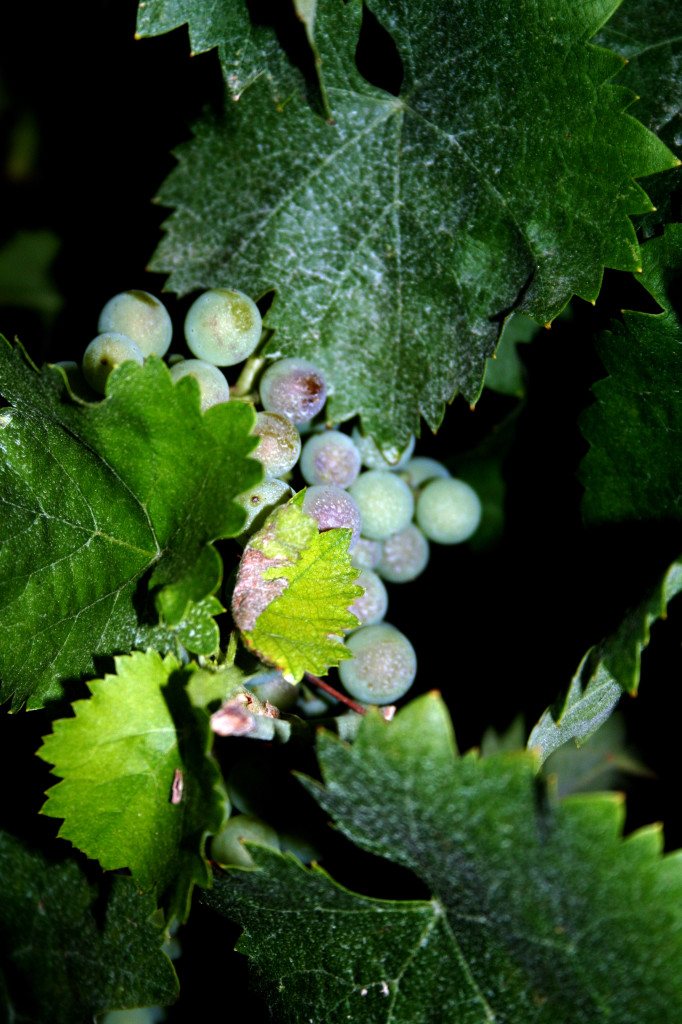 Here we are in Gaeta, with its charming historical town center. It is a busy commercial fishing port which is reflected in the local cooking. Formia is just a little further south, a sea port with ferry boats to the two main islands of the Pontino archipelago: Ponza and Ventotene. Going further up the coast from Gaeta along the old via Flacca, you come upon Sperlonga. Here, the Emperor Tiberious had an imposing villa built including a grotto. Futher along Via Flacca you reach Terracina. this was an important road link for crossing the Appian Way and then you reach a fork in the road. Do we take the Appian Way to Rome or the Pontinia road? Let’s do the latter: Go a little way up the Pontinia road as far as the Circeo, where Homer placed his goddess Circe, and then take the Appian Way to arrive in Rome from the Albani hills, more often called the Castelli Romani. And here we are at Velletri, so big and noisy.
Here we are in Gaeta, with its charming historical town center. It is a busy commercial fishing port which is reflected in the local cooking. Formia is just a little further south, a sea port with ferry boats to the two main islands of the Pontino archipelago: Ponza and Ventotene. Going further up the coast from Gaeta along the old via Flacca, you come upon Sperlonga. Here, the Emperor Tiberious had an imposing villa built including a grotto. Futher along Via Flacca you reach Terracina. this was an important road link for crossing the Appian Way and then you reach a fork in the road. Do we take the Appian Way to Rome or the Pontinia road? Let’s do the latter: Go a little way up the Pontinia road as far as the Circeo, where Homer placed his goddess Circe, and then take the Appian Way to arrive in Rome from the Albani hills, more often called the Castelli Romani. And here we are at Velletri, so big and noisy.
And then a magical place, Nemi, overlooking the little lake, Diana. Picturesque and intriguing little alley ways and strawberry fields. and opposite Nemi, Genzano famous for its festival of flowers which takes place in June. And, just a little further, Ariccia, which is famous for a pork dish of the same name. Another lake awaits us, larger than Nemi, Lake Albano home to Castelgandolfo, the popes’ summer residence. And, to continue the tour of the Castelli aim towards Anagnina, which appears to come from Anagni, who we remember for her not very diet-oriented cooking, a dish for everyone, a timbale of Ciociaria, made with egg lasagne, layered with meat jus and fresh cheese. Here we are at the picturesque Grottaferrata. And the Frascati with its splendid villas and famous wine.
A part of Rome is visible from Frascati. But we aren’t going there just yet; let’s make the most of what is still today called the Grande Raccordo Anulare (ring road) and go west, back to the coast, to Fiumincino, where there is also the airport. After Fiumincino, Fregene and its VIP Dolce Vita beach and then on a small hill, keeping the Mediterranean Sea on our left, towards Civitivecchia, the port which connects the mainland to Sardegna, and then, still going uphill to the north, Tuscia until you reach the edge of the Maremma. Here we are in cheese country. The hinterland called Viterbese with Lake Bolsena and the beautiful town of Montefiascone, with its white houses. And then; going a little bit downhill towards Rome, the pretty Bracciano Lake. And towards the peak of the Apennines we are in the Reatino, Sabine country and olive oil country.
A stop at Amatrice where the amatriciana sauce originated. We turn back on the ring road to go to Rome which we enter along the Cristoforo Columbo and through the walls into Rome. It has stood here for 3,000 years, with its hills and river Tiber running through it. Rome is rich in water and fountains. One fountain apart from the famous Trevi fountain, is the spectacular Fontana delle Naiadi in Piazza della Repubblica , near the Termini railway station. And again, talking about water and the Tiber, we suggest a visit to the Tiberina Island, strategic in the history of Rome and its urban development. And after this, let’s try to feel like temporary Roman citizens and visit the Piazza’s. We start with the Campodoglio, on a rise of the Capitolino hill, the lowest of the seven, where the Giove Capitolino temple stood, the most important of ancient Rome.
Piazza Venezia, which takes its name from the monumental palace built by Pope Paul II, opens out at the foot of the Campidoglio. One side of the square is dominated by the spectacular Altare della Patria.
From Piazza Venezia a short way down the Via del Corse, to Piazza Colonna, thus called because of the marble column honoring the victories of Emperor Marcus Aurelius over the Germans. From Piazza Colonna, passing in front of Palazza Montecitorio, we arrive at the Pantheon. This is the best kept building of ancient Rome and is a real architectural masterpiece. . The Pantheon housed the tomb of Raffaello Sanzio. Piazza Navona is just a few steps from the Pantheon.
The Quattro Fiumi fountain in Piazza Navona is the masterpiece of Gian Lorenzo Bernini. And from Piazza Navona we reach Piazza di Spagna. This piazza is an unusual shape with a narrow center where the Baracacia by Bernini is situated and which divides the Piazza in two halves. Piazza di Spagna includes the wide steps leading to the Trinita dei Monti. You must go up the steps and gaze upon this fascinating eternal city. And, from here, we must say goodbye to Lazio.